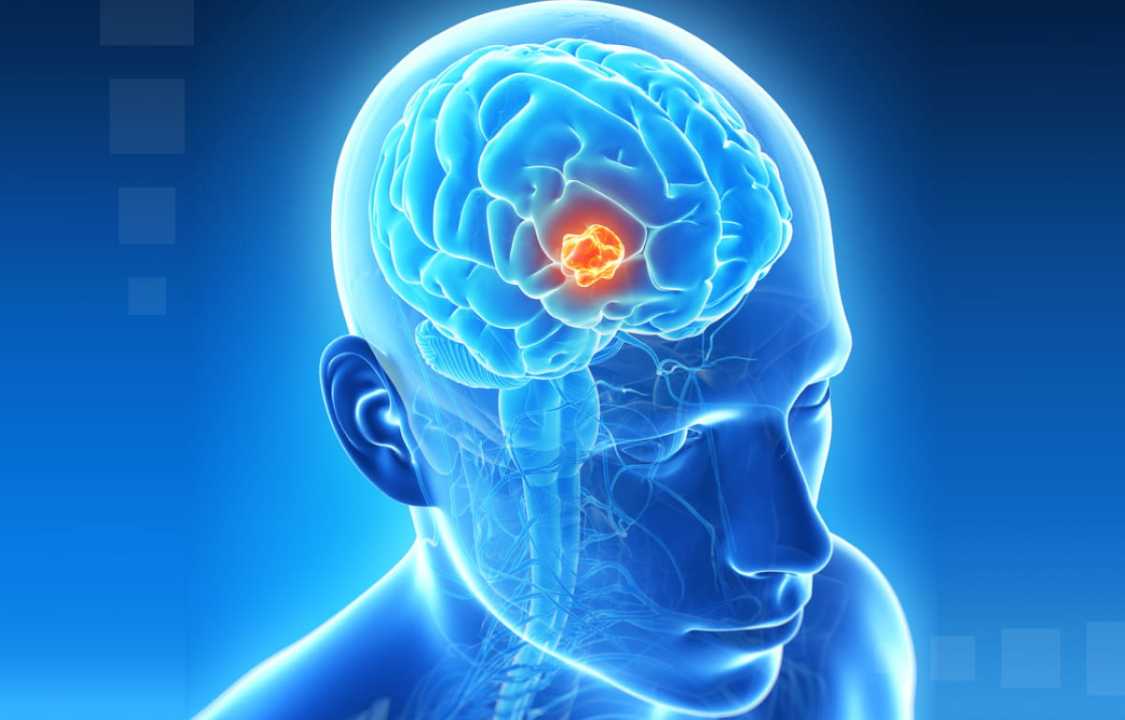Disease
What Is Balo’s Disease?
Balo’s disease, a condition often considered a rare variant of multiple sclerosis (MS), is a perplexing and debilitating neurological disorder that afflicts individuals, primarily of Asian descent, with distinct characteristics that differentiate it from its more prevalent counterpart. While both conditions share the commonality of inflicting damage upon the brain and spinal cord, Balo’s disease manifests itself in a unique manner, causing lesions in the central nervous system that resemble bull’s-eye marks, hence its alternative moniker, “Balo’s concentric sclerosis.” These concentric rings, unlike the blotchy or spotted lesions of MS, serve as a defining feature of Balo’s disease.
Unlike MS, where patients may experience periods of symptom remission, individuals afflicted by Balo’s disease are often not granted any respite from their relentless symptoms, and their health invariably deteriorates over time. As we delve deeper into the enigmatic world of Balo’s disease, exploring its symptoms, potential causes, diagnosis, and treatment, we begin to comprehend the intricacies and challenges posed by this rare disorder.
Symptoms
The clinical presentation of Balo’s disease bears a striking resemblance to that of MS, with a range of symptoms that encompass:
1. Headaches: Patients frequently report severe headaches as one of the early signs of the disease, and these headaches can persist and intensify as the condition progresses.
2. Seizures: Seizures may occur, adding a layer of complexity to the neurological manifestations of the disease.
3. Muscle Pain and Spasms: Muscle pain and spasms are common, leading to discomfort and loss of mobility.
4. Muscle Weakness: Over time, muscle weakness ensues, contributing to the progressive loss of physical function.
5. Paralysis: The disease’s relentless assault on the nervous system can ultimately lead to paralysis, severely compromising an individual’s quality of life.
6. Trouble Speaking: Balo’s disease may impair an individual’s ability to articulate words, leading to difficulties in speech and communication.
7. Cognitive Impairment: Cognitive functions can be severely affected, resulting in difficulty thinking and comprehending others, exacerbating the emotional burden of the disease.
8. Behavioral Changes: Patients may undergo significant behavioral changes, which can be challenging for both the affected individual and their loved ones.
Causes
The etiology of Balo’s disease remains largely elusive. However, medical experts posit that it may be an autoimmune disorder, characterized by the immune system mistakenly attacking healthy tissue within the central nervous system, inducing inflammation and swelling. Some individuals afflicted by Balo’s disease recall an antecedent illness characterized by a high fever and severe headaches, suggesting a potential link between the condition and prior infections. Nevertheless, the exact triggers of Balo’s disease remain shrouded in uncertainty, and ongoing research aims to unravel the underlying mechanisms.
Diagnosis
Given the rarity and complexity of Balo’s disease, it is imperative for individuals exhibiting its symptoms to seek the expertise of a neurologist, a specialist in disorders of the brain and nervous system. The diagnostic process typically involves a comprehensive evaluation, including:
- Medical History: The neurologist will inquire about the patient’s medical history, including the onset and progression of symptoms.
- Physical Examination: A thorough physical examination will be conducted to assess motor function, muscle strength, memory, and speech abilities.
- Imaging Studies: Magnetic resonance imaging (MRI) scans of the brain and spinal cord are instrumental in identifying characteristic lesions. The powerful magnets and radio waves employed in MRI technology generate detailed images of the central nervous system.
- Blood Tests: Blood tests may be performed to rule out infectious causes, and in some cases, a small sample of cerebrospinal fluid may be obtained through a lumbar puncture for further analysis.
- Evoked Potential (EP) Test: In select instances, when it is deemed necessary to gain a more comprehensive understanding of a patient’s neurological condition, an Evoked Potentials (EP) test may be recommended by healthcare professionals. This test entails the meticulous placement of small, adhesive patches with electrodes on the scalp, which are expertly connected to a sophisticated machine that meticulously measures and records brain activity in real-time. This intricate procedure involves the presentation of various stimuli, whether visual, auditory, or sensory in nature, and the EP test meticulously assesses the brain’s response to these stimuli. The data collected during the test provides invaluable insights into the individual’s neural function, aiding in the diagnosis, monitoring, and treatment planning for a wide range of neurological conditions.
Treatment
Regrettably, there is no cure for Balo’s disease, and specific medications tailored to address this condition do not exist. However, medical professionals may employ a combination of therapeutic interventions to alleviate symptoms and enhance the patient’s quality of life. Treatment strategies for Balo’s disease may include:
- Medications: Some medications used to effectively manage the multifaceted and often unpredictable symptoms of MS (multiple sclerosis) may be prescribed by healthcare professionals, alongside corticosteroids, which play a pivotal role in mitigating the pervasive inflammation within the brain and spinal cord. Furthermore, a holistic approach to treatment may encompass the administration of pain relief and muscle management drugs, which are instrumental in ameliorating a wide array of debilitating symptoms, including muscle weakness, spasms, and other neurologically-induced discomforts. These carefully tailored pharmaceutical interventions are vital components of a comprehensive treatment strategy designed to enhance the quality of life for individuals living with MS.
While Balo’s disease poses a formidable medical challenge, ongoing research and collaborative efforts among healthcare professionals, scientists, and dedicated organizations aim to deepen our understanding of this rare and enigmatic condition. Such endeavors are critical in the quest to develop more innovative and personalized treatments, and potentially unlock the mysteries surrounding its multifaceted causes. Patients and their resilient families, in the meantime, continue to navigate the intricate and often unpredictable landscape of Balo’s disease with the unwavering support and expert guidance of compassionate neurologists, specialized clinics, and allied healthcare providers who are committed to improving the quality of life for those affected by this challenging disorder.

